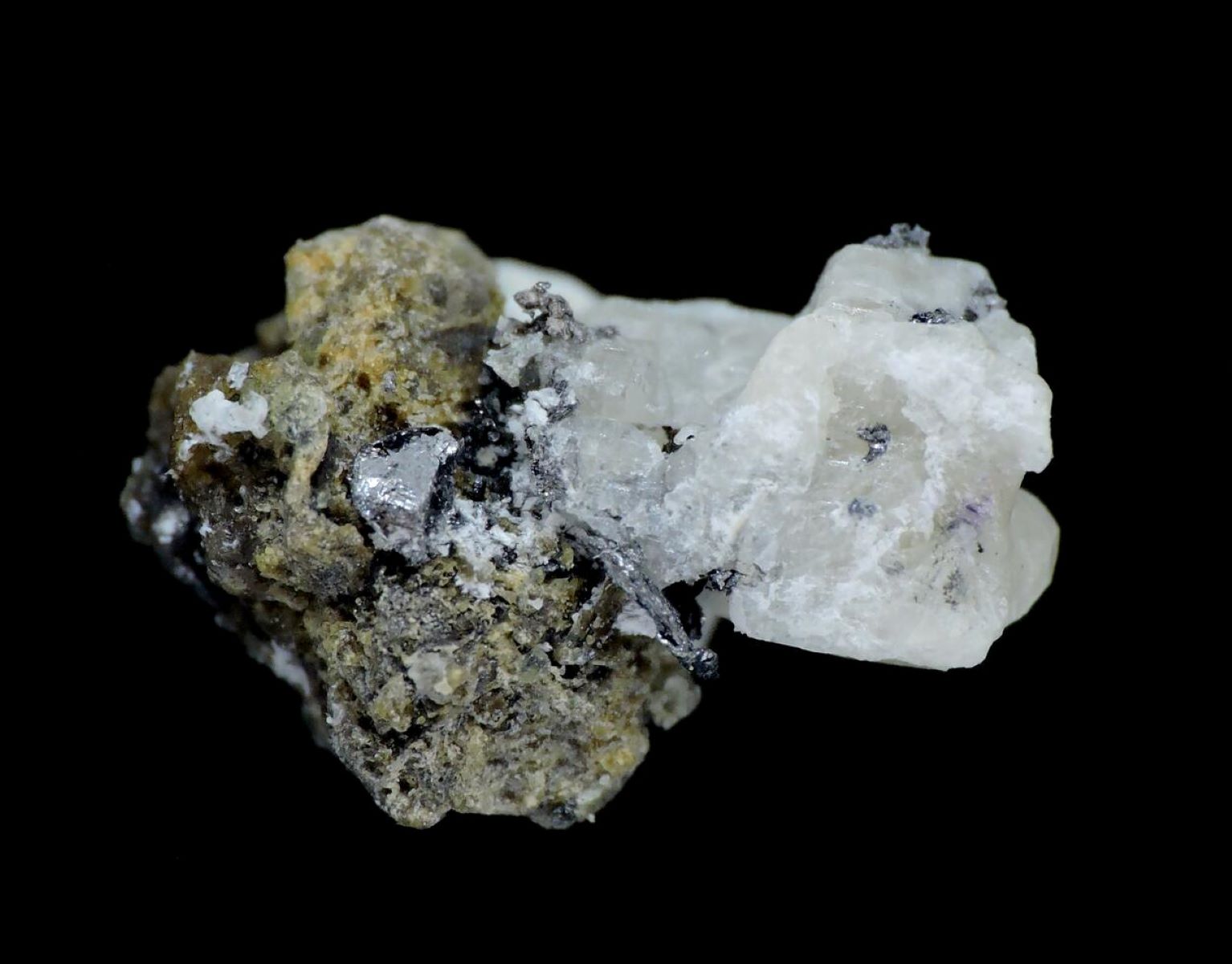
Fluoborite might not be the first mineral that comes to mind, but it's a fascinating one. This rare mineral, often found in pegmatites and skarns, has a unique composition that includes boron, fluorine, and magnesium. Did you know that fluoborite can form in both hexagonal and trigonal crystal systems? Its crystals are usually colorless or white, but they can sometimes appear yellowish. Fluoborite is not just a pretty face; it has practical uses too. It's often used in the production of boron compounds and as a flux in metallurgy. Want to learn more? Here are 30 intriguing facts about fluoborite that will make you appreciate this mineral even more.
Key Takeaways:
- Fluoborite is a rare mineral with unique properties, found in Sweden, the US, Russia, and Canada. It's used in scientific research, industrial applications, and provides clues about geological conditions.
- Fluoborite's crystal structure, fluorescence under UV light, and role in geology make it a fascinating mineral for scientists and collectors. Its name comes from its chemical composition, combining "fluorine" and "boron."
What is Fluoborite?
Fluoborite is a rare mineral that many people might not have heard of. It has unique properties and an interesting history. Let's dive into some fascinating facts about this mineral.
-
Fluoborite is a borate mineral that contains fluorine, boron, and magnesium.
-
It was first discovered in 1926 in the Långban mine in Sweden.
-
The mineral typically forms in metamorphic rocks, especially in skarns, which are calcium-bearing silicate rocks.
-
Fluoborite is often found in association with other minerals like magnetite, calcite, and phlogopite.
Physical Properties of Fluoborite
Understanding the physical properties of fluoborite can help in identifying and studying this mineral.
-
Fluoborite crystals are usually colorless, white, or pale yellow.
-
The mineral has a vitreous to greasy luster, giving it a shiny appearance.
-
Fluoborite has a Mohs hardness of 4.5, making it relatively soft compared to other minerals.
-
It has a specific gravity of 2.98, which is considered average for minerals.
-
The crystal system of fluoborite is hexagonal, meaning it forms six-sided crystals.
Chemical Composition of Fluoborite
The chemical makeup of fluoborite is what makes it unique among minerals.
-
The chemical formula for fluoborite is Mg3(BO3)(F,OH)3.
-
Fluorine in fluoborite can be partially replaced by hydroxyl groups (OH).
-
Boron in fluoborite is present in the form of borate ions (BO3).
-
The presence of magnesium gives fluoborite its characteristic properties.
Fluoborite in Nature
Fluoborite's occurrence in nature is quite specific, making it a rare find.
-
Besides Sweden, fluoborite has been found in other locations like the United States, Russia, and Canada.
-
In the United States, fluoborite has been discovered in the Franklin and Sterling Hill mines in New Jersey.
-
Russian deposits of fluoborite are primarily located in the Kola Peninsula.
-
Canadian occurrences are mainly in the Grenville Province of Quebec.
Uses and Applications of Fluoborite
Though not widely known, fluoborite has some interesting applications.
-
Fluoborite is used in scientific research to study borate minerals and their properties.
-
It is also of interest to mineral collectors due to its rarity and unique characteristics.
-
Some industrial applications involve fluoborite in the production of certain types of glass and ceramics.
Fluoborite and Its Role in Geology
Geologists find fluoborite particularly interesting for several reasons.
-
The presence of fluoborite can indicate specific geological conditions, such as high-temperature metamorphism.
-
Studying fluoborite helps geologists understand the processes that form skarn deposits.
-
Fluoborite can also provide clues about the fluid compositions during the formation of metamorphic rocks.
Fun Facts about Fluoborite
Here are some fun and lesser-known facts about fluoborite.
-
Fluoborite can fluoresce under ultraviolet light, showing a bright yellow-green color.
-
The name "fluoborite" comes from its chemical composition, combining "fluorine" and "boron."
-
Despite its rarity, fluoborite has been the subject of several scientific studies due to its unique properties.
-
Some fluoborite specimens can contain inclusions of other minerals, making them even more interesting to collectors.
-
Fluoborite's crystal structure has been studied using X-ray diffraction techniques.
-
The mineral can sometimes be confused with other borate minerals, but its unique properties help in proper identification.
-
Fluoborite is not only a mineralogical curiosity but also a window into the geological history of the Earth.
Fluoborite: A Hidden Gem in the Mineral World
Fluoborite might not be the most famous mineral, but it sure packs a punch with its unique properties. This mineral, often found in pegmatites and skarns, boasts a fascinating mix of boron, fluorine, and magnesium. Its crystal structure and rarity make it a prized find for collectors and geologists alike.
Beyond its scientific intrigue, fluoborite's applications in various industries, from ceramics to metallurgy, highlight its versatility. Whether you're a seasoned mineral enthusiast or just curious about the natural world, fluoborite offers a glimpse into the complexities of Earth's geology.
So next time you stumble upon a mineral exhibit or read about geological formations, remember the understated yet remarkable fluoborite. It’s a small reminder of the wonders hidden beneath our feet, waiting to be discovered and appreciated.
Frequently Asked Questions
Was this page helpful?
Our commitment to delivering trustworthy and engaging content is at the heart of what we do. Each fact on our site is contributed by real users like you, bringing a wealth of diverse insights and information. To ensure the highest standards of accuracy and reliability, our dedicated editors meticulously review each submission. This process guarantees that the facts we share are not only fascinating but also credible. Trust in our commitment to quality and authenticity as you explore and learn with us.
